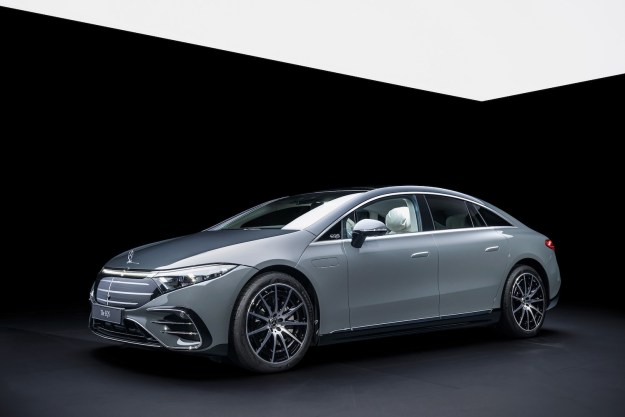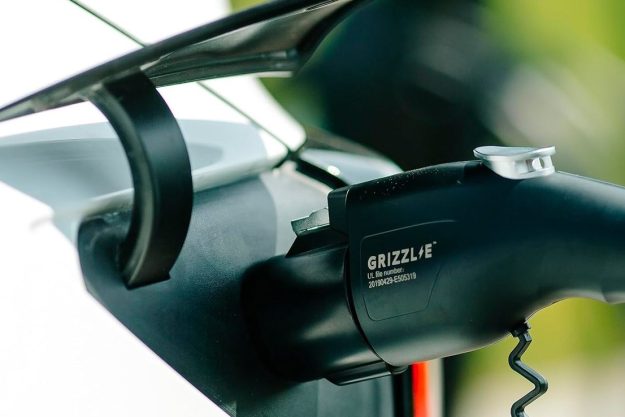The electric Focus that Ford debuted at last year’s CES may not be in dealerships just yet, but the long wait between unveiling and drive time has given Ford plenty of time to work on an important component: MyFord Mobile. The app will arrive for iOS, Android and BlackBerry OS when the Focus arrives later this year, but we had a chance to see everything it can do ahead of time at CES 2012.
Since the Focus will live and die – quite literally – on the level of charge it has managed to soak up at the nearest outlet, battery life plays a major factor in the MyFord Mobile app. An electric blue battery meter greets you when you open the app to show battery capacity not just in percentage, but in miles. Even more impressive, the mileage estimates are individually tailored to different drivers, calculated by that driver’s history of watts per mile. Besides preventing leadfoot drivers from getting stranded when their driving habits deplete the battery faster than expected, it provides another good incentive to lay off the accelerator so you can up your range.
Along the same lines, a tailored page for each driver will give you driving rating from “zippy” to “zen,” show how much money you’ve saved on gas, and even award achievements for tasks like things like your first 1,000 miles without using any gas. As an even more social incentive, you can compete regionally with nearby drivers to see who can manage to wring the most life from a watt.
When it’s time to charge, MyFord Mobile provides two useful options: An interactive map for finding EV charging stations, and a host of settings for charging your car at home. The relative scarcity of EV charging stations makes the first option essential for anyone who plans on venturing further from home, and the second makes it cheaper – and more convenient – to fuel up in the comfort of your garage. Using technology developed in coordination with Microsoft, the Focus will actually charge itself overnight when electric rates are cheaper, ensure it’s ready by the time you wake in the morning, and turn on the heat or A/C to bring the car up to temperature before you head out.
Finally, to help drivers cope with the limitations of an EV’s range (or “drive with confidence” in Ford parlance), Ford has included a route planning app that integrates the range of the Focus. Tell it you want to go to the hardware store, for instance, and it will not only show you how to get there, but add up the range from there and back and make sure you’re good to go. Destinations with chargers can also be factored into the equation, for multi-destination trips where you might have a chance to feed the Focus along the way.
The Ford Focus Electric will glide silently into showrooms in the second half of 2012, with MyFord Mobile to appear in app stores at the same time.


